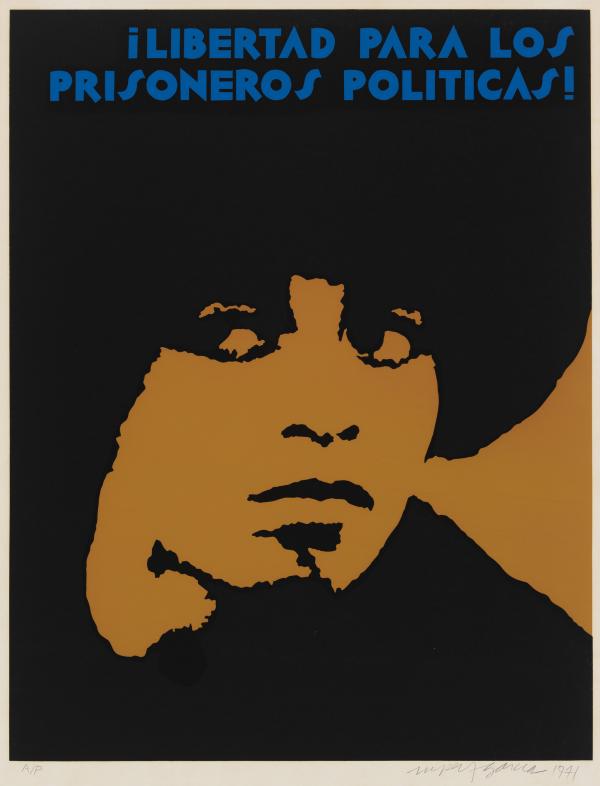Since the mid-20th century, California has been a beacon of both inventive design and political activism. Exploring the intersection of these two realms, What Would You Say? Activist Graphics from the Los Angeles County Museum of Art (now on view at the Lancaster Museum of Art and History through April 17, 2022) uses case studies from LACMA’s collection to examine the creative means that the state’s designers and artists have used to advocate for civil rights, oppose wars and unjust policies, and press for change.
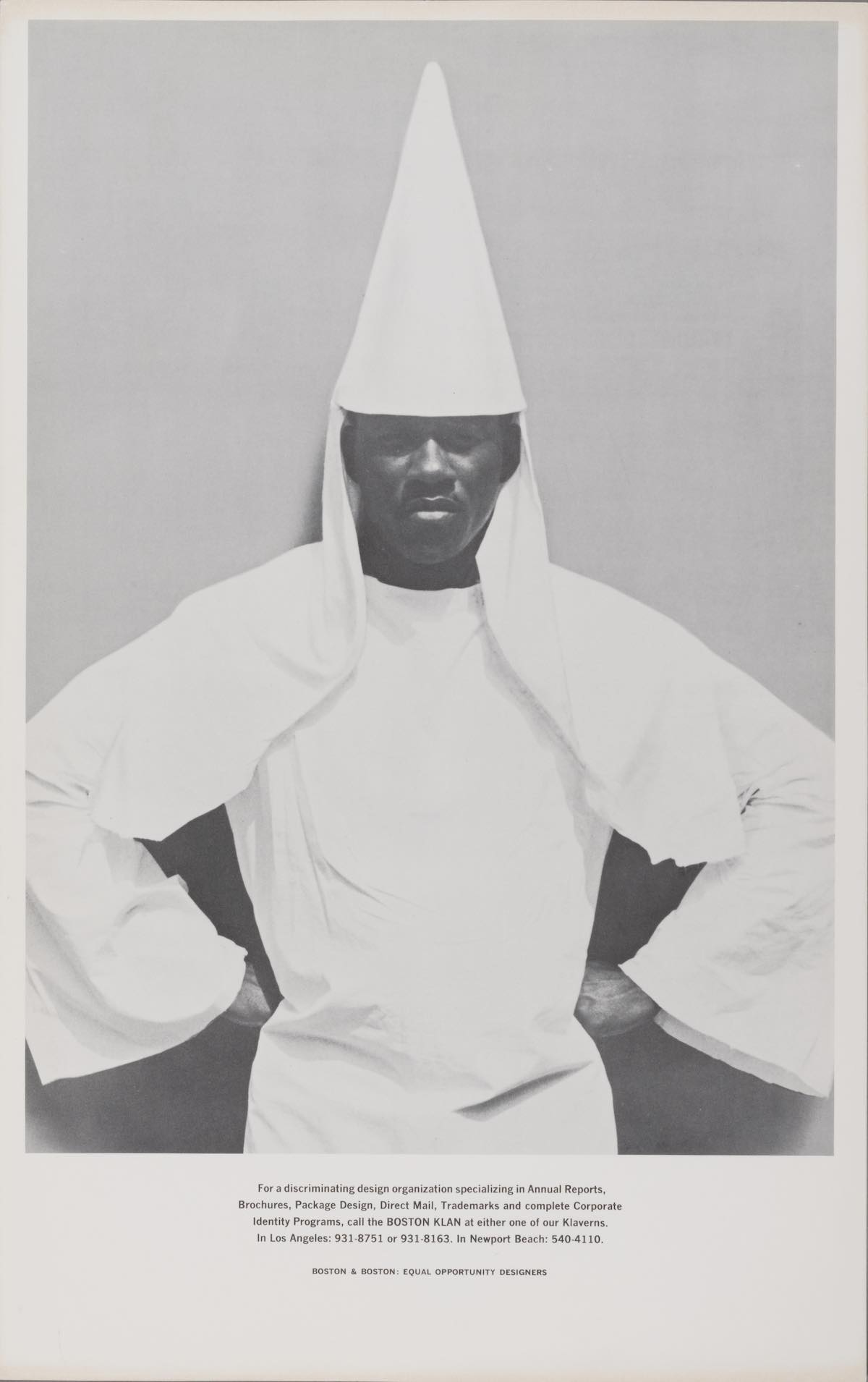
Skilled communicators by profession, these creators distilled complex issues into eye-catching images, encouraging viewers to reconsider received narratives and take action. Works like Archie and Brad Boston’s witty, provocative posters for their pioneering Black advertising firm shocked viewers into confronting their own biases in the face of societal injustice.

The works in the exhibition express both outrage and optimism, going beyond protest to empower marginalized communities and envision alternative ways of living. Images like Barbara Carrasco’s iconic portrait of legendary Chicana organizer Dolores Huerta celebrate the work of longtime activists, inspiring others to join them in their struggles for justice.
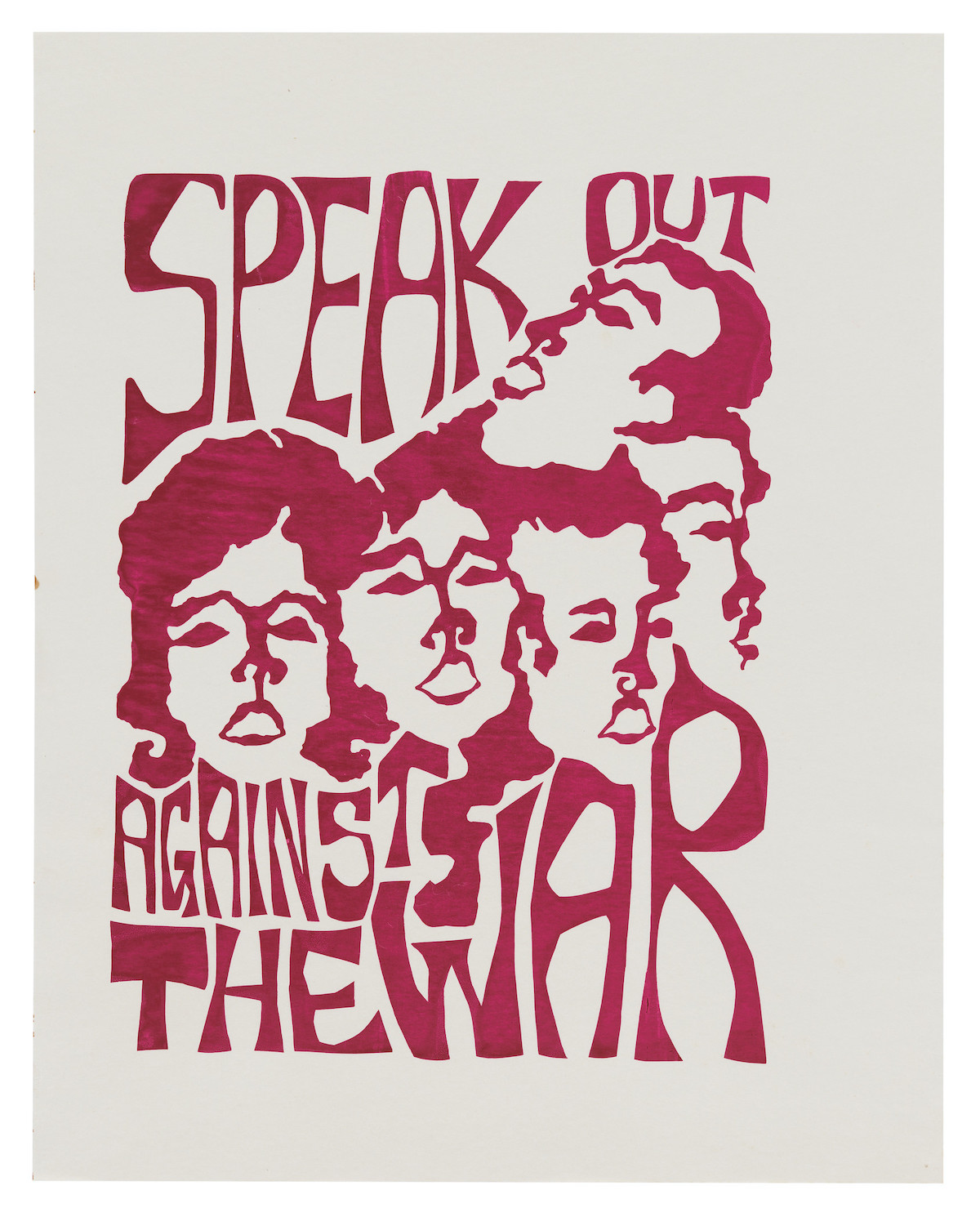
In the mid-20th century, when disseminating information to mass audiences required access to printing equipment, designers used their technical mastery to produce inexpensive posters and publications, often at rapid speed. They organized workshops to teach others how to assert and publish their own views, at the same time fostering idealistic creative communities.

The exhibition takes it name from a bold poster promoting a printing workshop at one such organization, the Women’s Graphic Center, a part of the influential feminist cultural center the Woman’s Building. The poster challenged women to use their newfound skills to convey their individual perspectives, undermining patriarchal norms that silenced women’s voices.
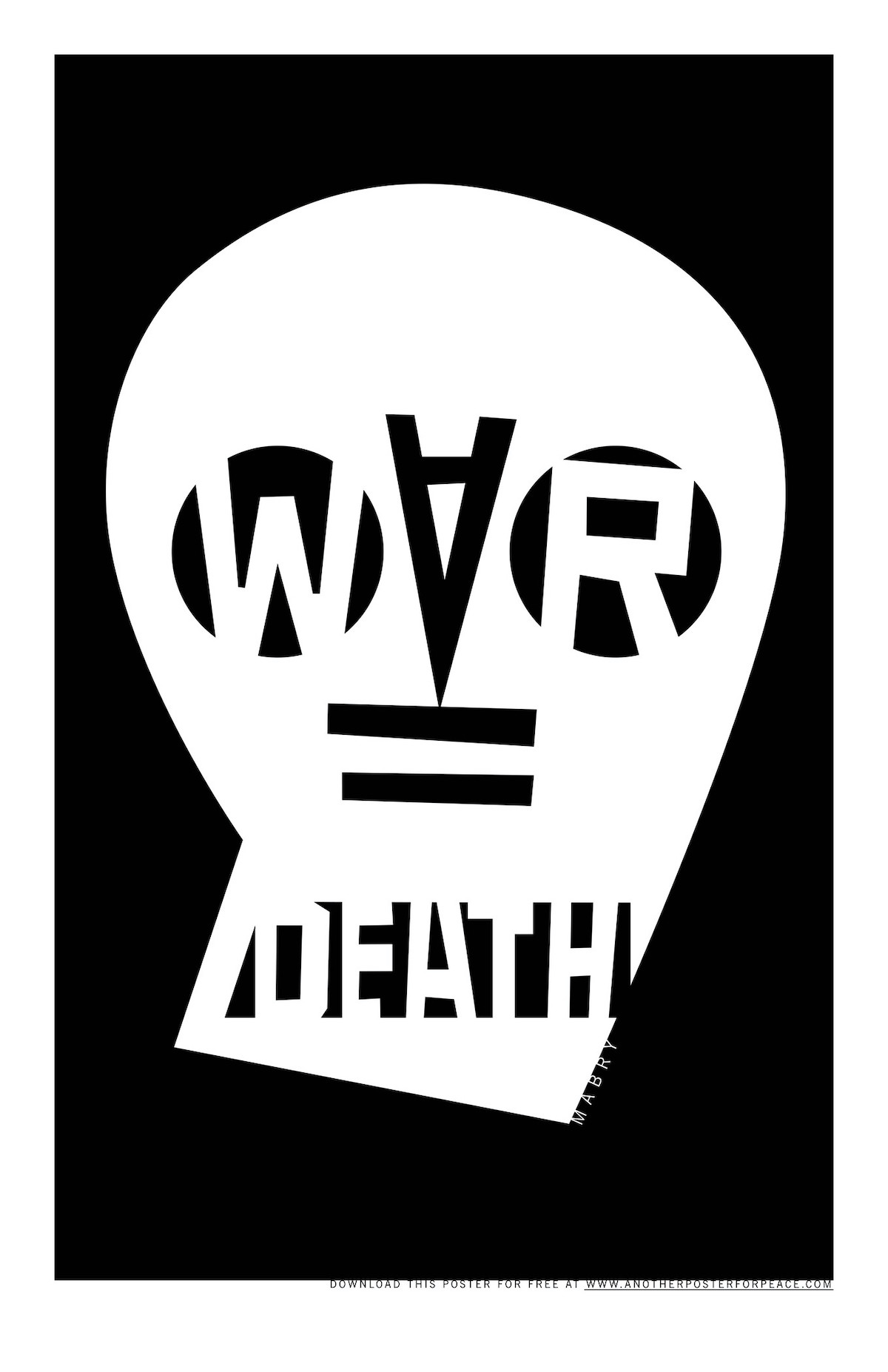
In recent decades, new technologies have increasingly removed barriers to producing and sharing images around the world. By the early 2000s, activists had begun to use the internet to distribute digital posters that could be printed to post in public spaces or carry in marches. These efforts intensified in the early years of the controversial Iraq War, when antiwar websites such as the San Francisco-based Another Poster for Peace aggregated copyright-free protest graphics to share around the world.
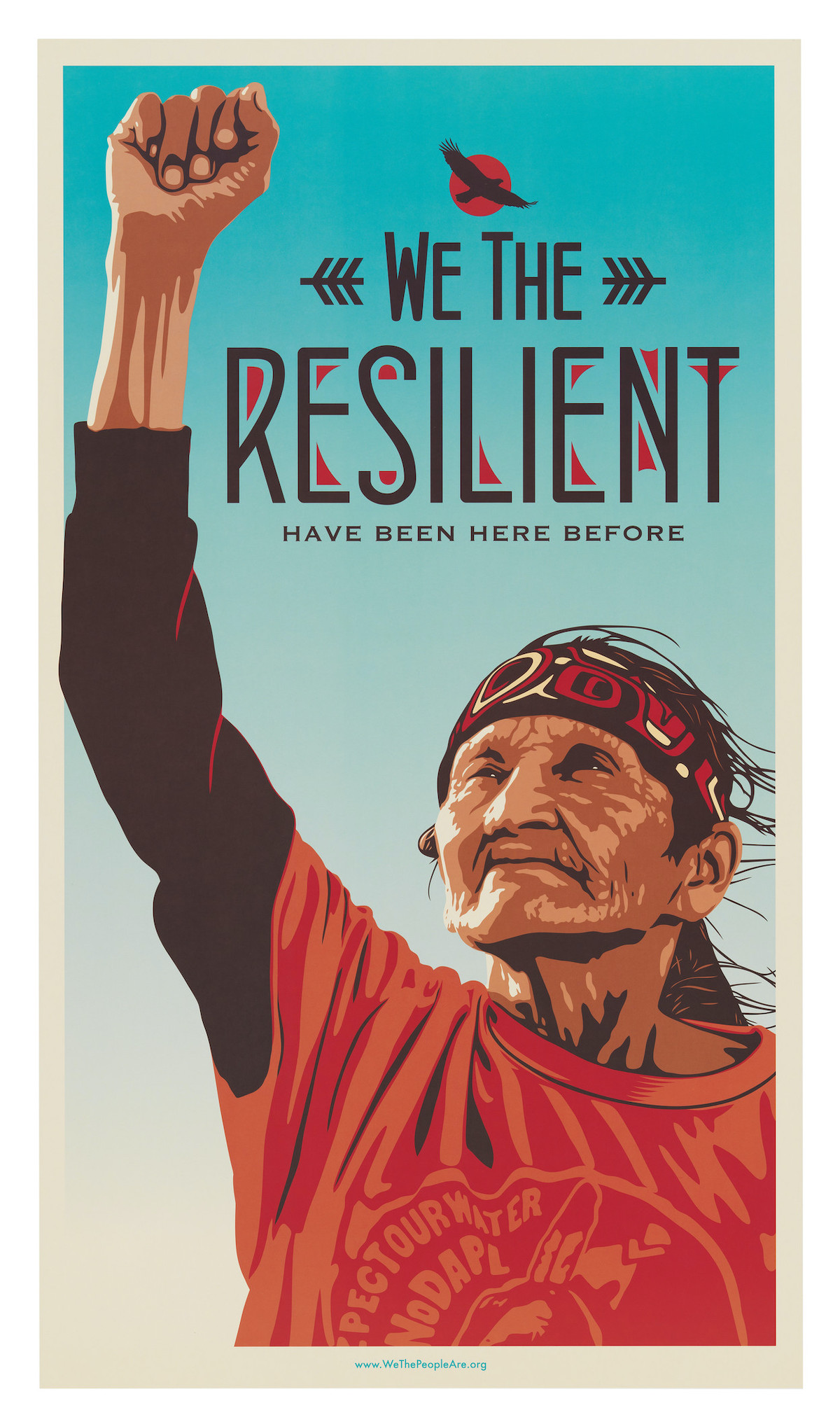
Over the last few years, California artists and designers have continued to play an essential role in activism, creating captivating imagery in both digital and print forms that have galvanized support for political movements around the nation and the world. The exhibition explores these developments through the present, when both the fallout from the COVID-19 pandemic and the racial reckoning sparked by the murders of Black Americans have led to a momentous rise in activist energy. Artists channeled the zeitgeist of outrage and anxiety into graphics that gave visual form to public grief, encouraged protest and action, and clarified evolving public health measures.
What Would You Say? is part of Local Access, a partnership with four Southern California institutions made possible by Art Bridges. The exhibition is on view at the Lancaster Museum of Art and History (January 22–April 17, 2022) before traveling to the Riverside Art Museum (May 6–August 7, 2022), California State University, Northridge, Art Galleries (August 27–December 4, 2022), and the Vincent Price Art Museum at East Los Angeles College (spring 2023).



